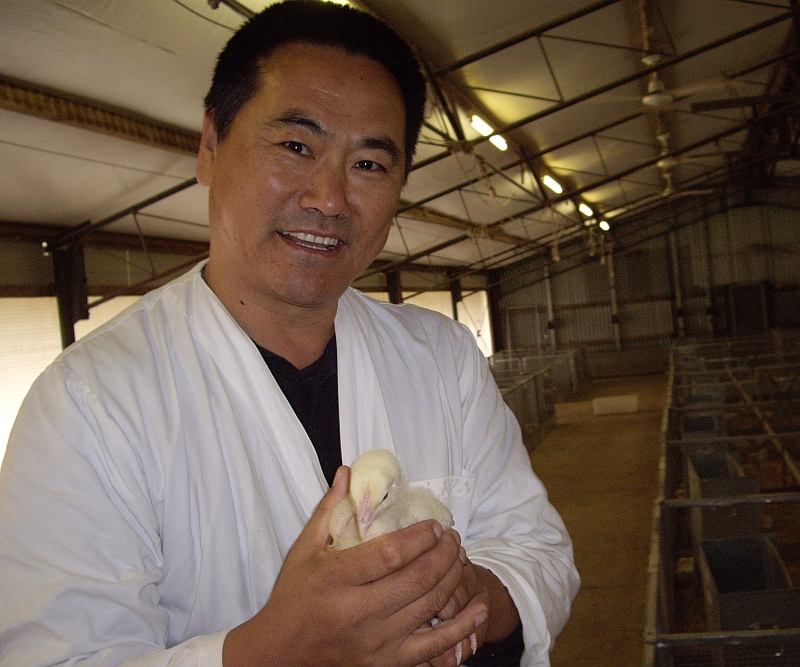
In early July 2016, the Poultry CRC organised a meeting with extension officers from different states and key industry representatives to discuss how the practical use of research findings can be increased for the Australian poultry industry.
In Australia, there has been a strong move towards consolidating the activities of state departments for primary industries over the past decade, with the result that some states now have no extension officers dedicated to poultry. This is a major shift because in the past some states had 2-4 extension officers responsible for poultry species.
The meeting raised the question, does the industry require research extension? If it does, how will research extension be delivered? The response from the participants was a unanimous: Yes, it does, but there is a need to re-evaluate what we mean when we talk about “extension”. Traditionally, agricultural extension meant applying the outputs of scientific research and knowledge to agricultural practices through farmer education. The meeting agreed that the focus now should not only be on extension, but also on encouraging “adoption”, that is, the actual uptake of research outputs to generate outcomes on-farm.
“What is the objective of doing research? How well do we consider adoption when we fund projects?”, asked Dr Kylie Hewson, Program Manager for Chicken Meat with the Rural Industries R&D Corporation. Of course, many great discoveries came from fundamental, blue-sky research. Such research usually does not have any clear idea about how its outputs will be applied at its inception. However, Dr Hewson’s questions are pertinent to applied research funded by the poultry industry. Committees evaluating proposals do consider the end use of research outcomes, but the ultimate problem is the lack of research proposals that have their roots in solving industry issues. Only some researchers make the effort to understand the issues of concern to industry through close consultation with industry experts before submitting proposals for funding. It is all too often that interesting research is conducted and a final report or a paper is written. Only afterward is it asked whether or not the research outcomes are of use to industry. Having said this, it should not be forgotten that many research projects have delivered on-farm benefits, and the Poultry CRC’s research projects are not alone in having achieved effective adoption.
It is clear, however, that our approach to funding a number of research projects to ensure industry adoption could be improved, and it should not be forgotten that our methods to disseminate research outputs are not necessarily appropriate. Sending out project final reports to farmers is almost pointless, as they are often: a) too scientific for the lay person; b) too tedious to read; and c) lacking a plainly written “how-to apply this research on your farm” section.
“Many farmers are asking what’s the point of funding research”, commented Jojo Jackson, Program Manager for the Australian Egg Corporation Limited. “It is an indication of the poor communication of research findings to farmers and the need for us to re-invent extension and adoption”. Of course, it is not always easy for farmers to appreciate the full scale of the benefits of research, for example, when chicks arrive on farm already vaccinated at the hatchery, it’s easy to forget that a significant effort went into the research and development of those vaccines.
Here are some suggestions to address the issues around extension and adoption raised above: a) increase two-way communication between researchers and industry before submission of project proposals; b) conduct highly focussed workshops to clearly articulate the specific, current industry issues to be tackled by the particular research proposal; c) send out single item, targeted messages to farmers; and d) involve industry people, and not just consultants, in projects.
Extension and adoption of research outcomes in the Australian poultry industry will remain a challenge, but it is essential to get this right to realise the full value of the research dollar in an increasing competitive research funding environment.
Professor Mingan Choct


